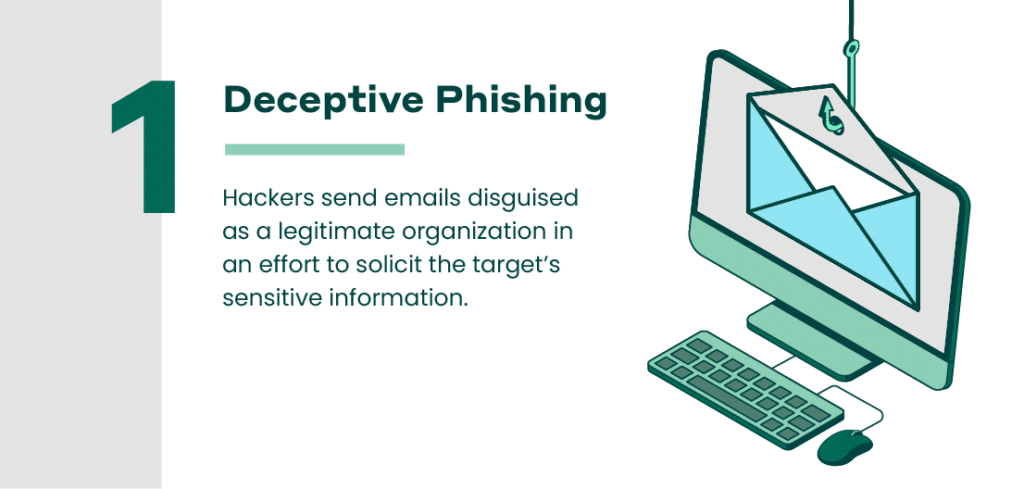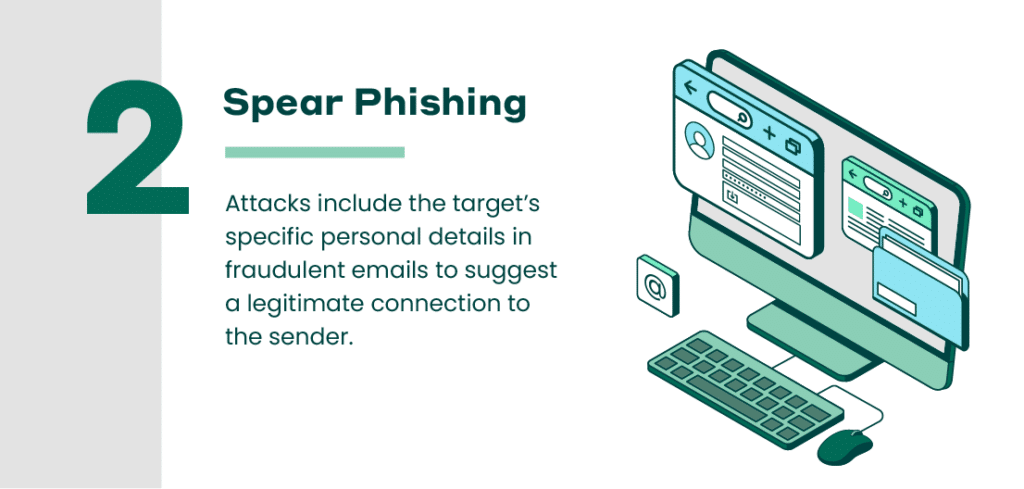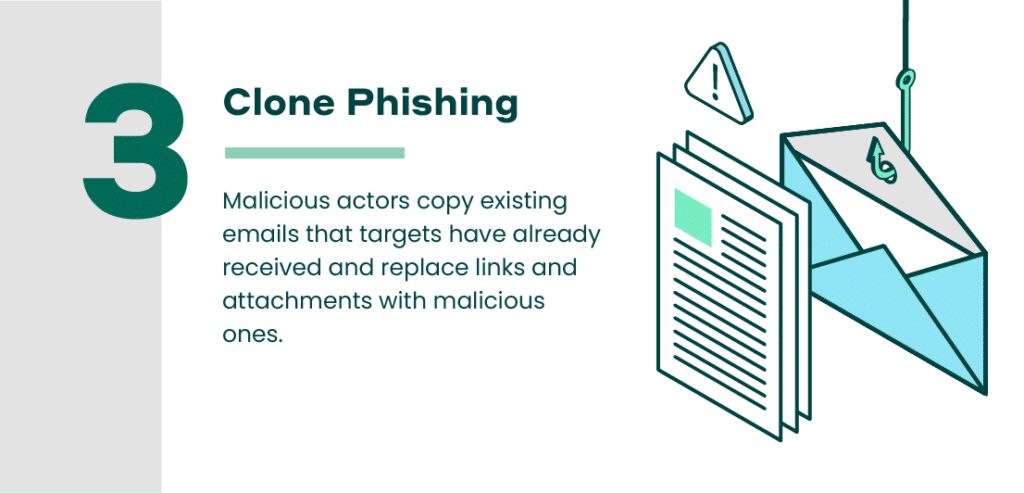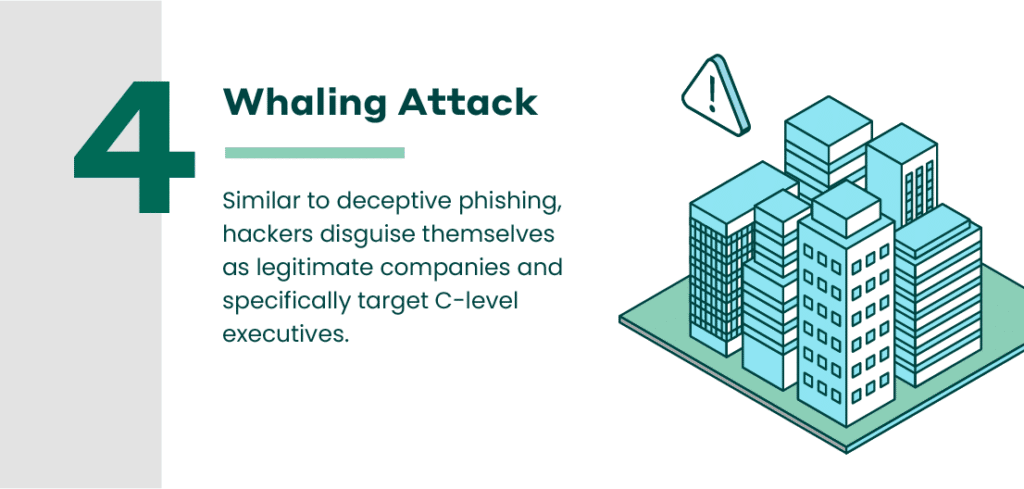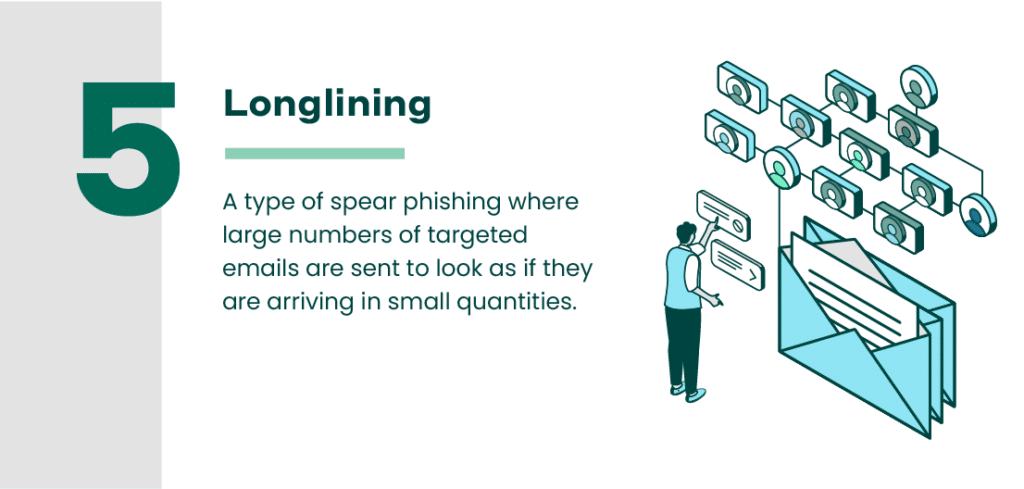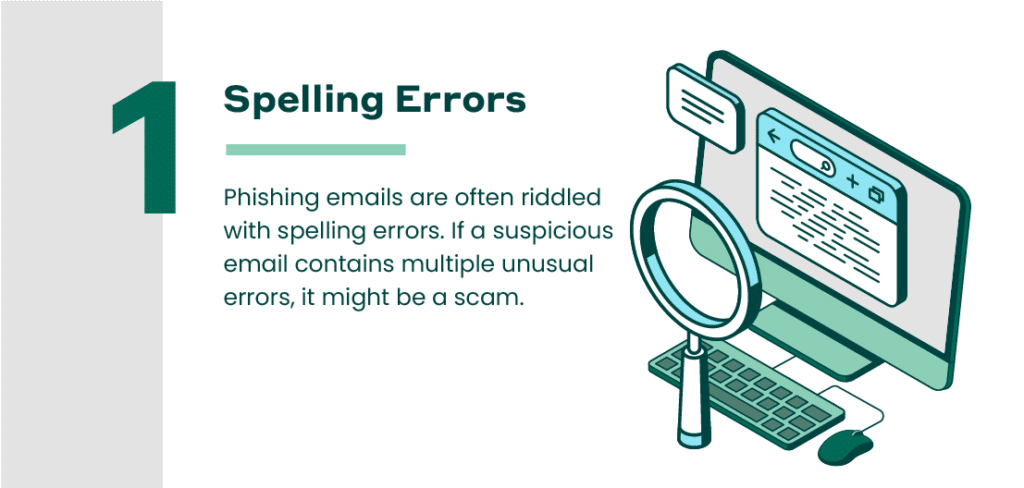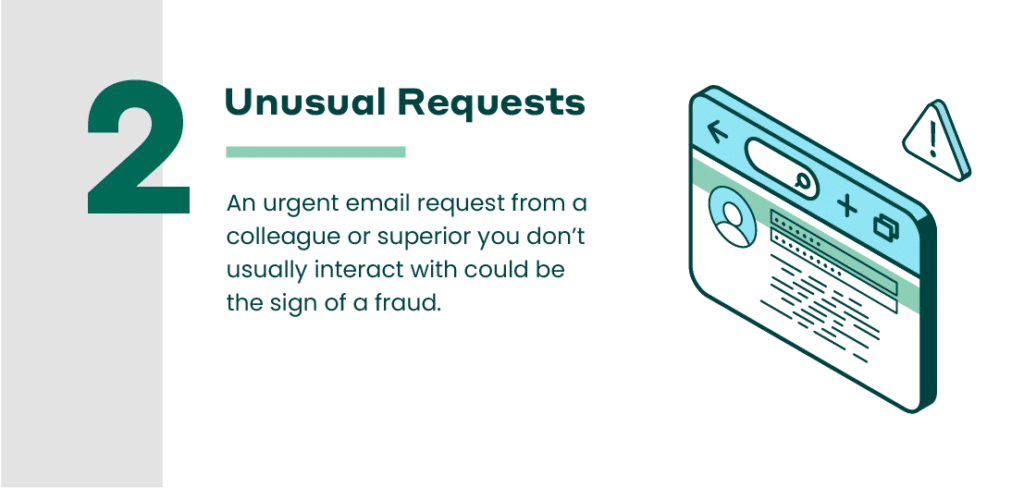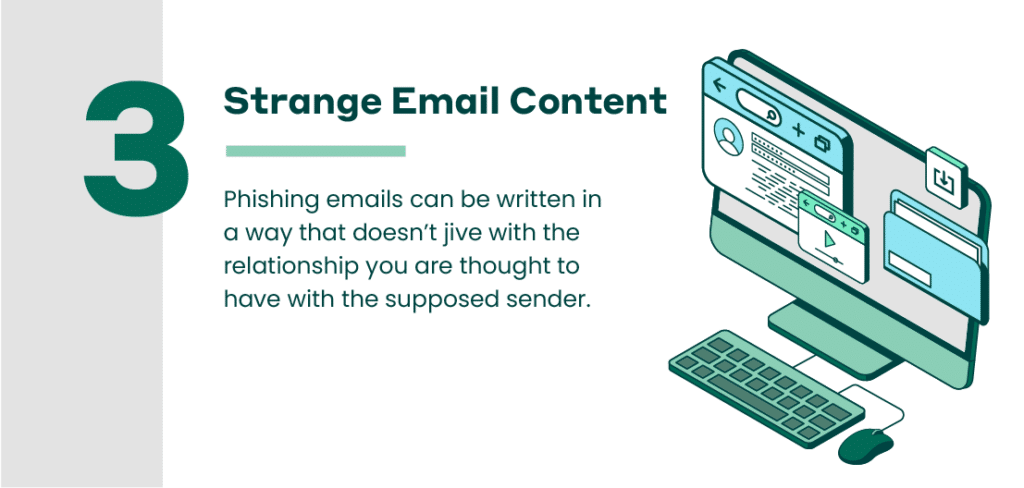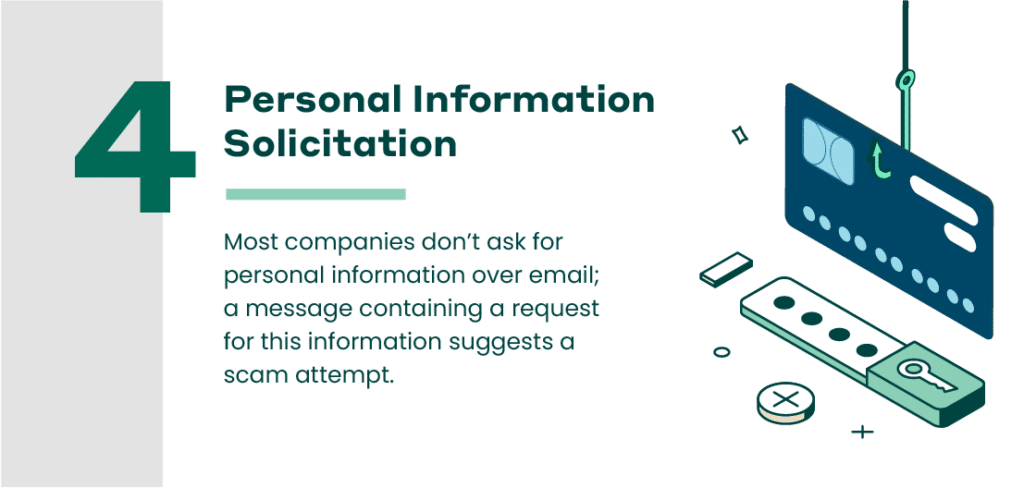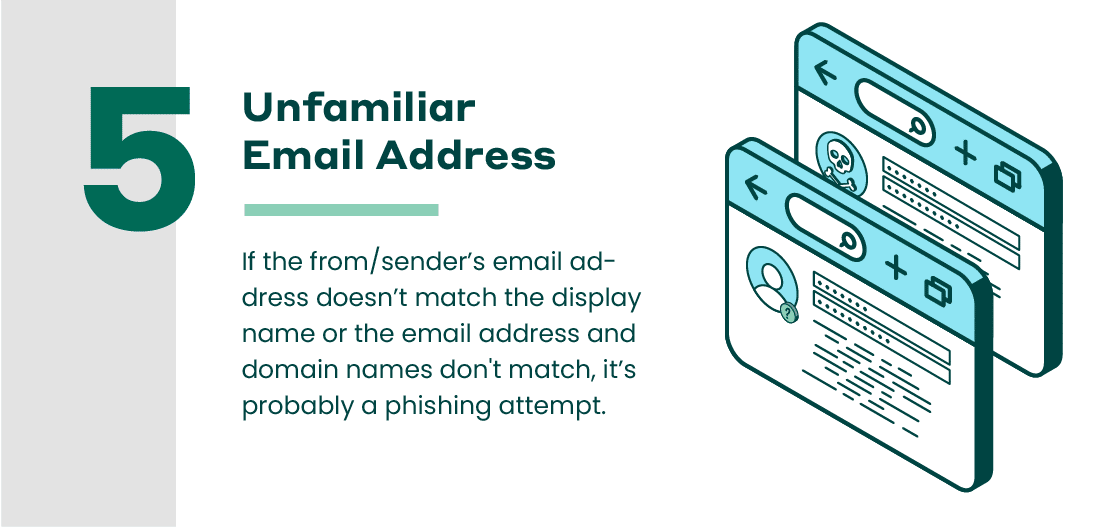Phishing is one of the most common and effective cybersecurity attack vectors and it’s on the rise. In 2023, 74% of account takeovers were launched from a phishing attempt. Within 10 minutes of a malicious email appearing in their inbox, 84% of employees either replied to it with sensitive information or interacting with a spoofed link or attachment. And nearly half of email users mistakenly believe that clicking on a malicious link or opening a malicious attachment will only impact their device.
What Is Phishing and How Can it Impact an Organization?
Phishing usually involves malicious actors sending fraudulent emails disguised as sources familiar to the target to steal sensitive data. Typically attempted via email containing malicious links, attachments or downloads, phishing is a vehicle to infect the host system with malware. In 2023, 94% of organizations fell victim to phishing attacks.
However, phishing can be as simple as the attacker soliciting personal information directly from the recipient, making it seem as if the requestor is a trustworthy source. A single, successful phishing attempt can have lasting consequences for an organization, including:
- Financial loss
- Operational disruption
- Reputational damage
- Loss of consumer trust
All of the above effects are enough to severely impact an organization. However, combined with the costs of repairing customer relationships and recouping financial losses, businesses can shut down permanently after a successful phishing attempt. IBM found the global average cost of a data breach in 2024 was $4.88 million, the highest in their reporting history.
Different Types of Phishing Attacks
Hackers use different types of phishing depending on their intended target and the quality of data they hope to exfiltrate. Five types of phishing attempts are:
Deceptive phishing
Deceptive phishing involves the hacker sending emails disguised as a legitimate organization to solicit a target’s sensitive personal information.
Spear phishing
This is a more precise phishing attempt type. Spear phishing incorporates the target’s specific personal information into fraudulent emails to suggest a legitimate connection with the sender.
Clone phishing
A more sophisticated phishing attempt, clone phishing involves attackers copying emails their targets received previously and replacing legitimate links and downloads with malicious ones.
Whaling attack
For many black hat hackers, stealing data from senior executives is the gold standard in malicious activity. Similar to deceptive phishing, whaling attacks specifically target C-level executives to steal higher quality data.
Longlining
Longlining attacks are mass-customized phishing messages typically engineered to look like they are arriving in small quantities, mimicking targeted attacks. Attackers leverage approaches used by mass-marketing campaigners to generate millions of dissimilar messages.
5 Common Indicators of a Phishing Attempt
Phishing emails are effective because they often appear genuine and can be hard to detect. However, there are several common signs of a phishing attempt through email that users should be aware of.
Spelling errors
While everyone occasionally makes spelling or grammar mistakes, phishing attempts frequently contain numerous errors. If an email exhibits several signs from this list and is riddled with spelling and grammatical issues, it is likely a scam.
Unusual requests
If you’re rarely interact with your CEO and you suddenly get an urgent email from them asking you to complete a seemingly mundane task (like sharing your phone number), take this as a sign of an illegitimate request from a threat actor.
Strange email content
Watch out for phishing emails that don’t match what you know about the sender. For example, if someone you’ve been dealing with suddenly introduces themselves as if you’ve never met before, that’s a red flag.
Personal information solicitation
Most organizations know email isn’t the most secure way to share personal information, so they usually won’t ask for things like your date of birth or home address via email. If you get an email asking for sensitive info, it’s likely a scam trying to steal your data.
Unfamiliar email addresses
If you spot some of the other red flags on this list but aren’t quite sure, check the sender’s email address. If it looks like a genuine company email, you’re probably in the clear. But if the email address doesn’t match the sender, it’s a good bet that it’s phishing.
Keep Your Data Protected
There are a number of steps organizations can — and should — take to protect their sensitive data from phishing attacks. Since phishing attacks usually happen through email, anti-phishing training is a great way to keep your company safe. Employees should be extra careful with links and attachments in emails, by double-checking who the sender is before clicking or downloading anything.
And while 98% of organizations report having a phishing training program, only 56% of them trained everyone in the organization and just 35% ran phishing simulations. Organizations must implement comprehensive set of cybersecurity controls that go beyond employee training to thwart a phishing attempt.
It’s critical that companies conduct routine monitoring of their entire security infrastructure to identify possible security vulnerabilities and patch them immediately upon detection. They also must re-evaluate governance policies on a regular basis and update them to reflect emerging threats. Investing in the latest anti-malware software can be a game-changer, helping to detect breaches early and automate how you respond to incidents.
Take Action Now
Identifying phishing attempts and keeping malicious actors at bay is more crucial than ever. Fortra’s Alert Logic provides unrivaled security for any environment. Our 24/7 managed security services ensure organizations have the tools and expertise they need should the worst happen.

